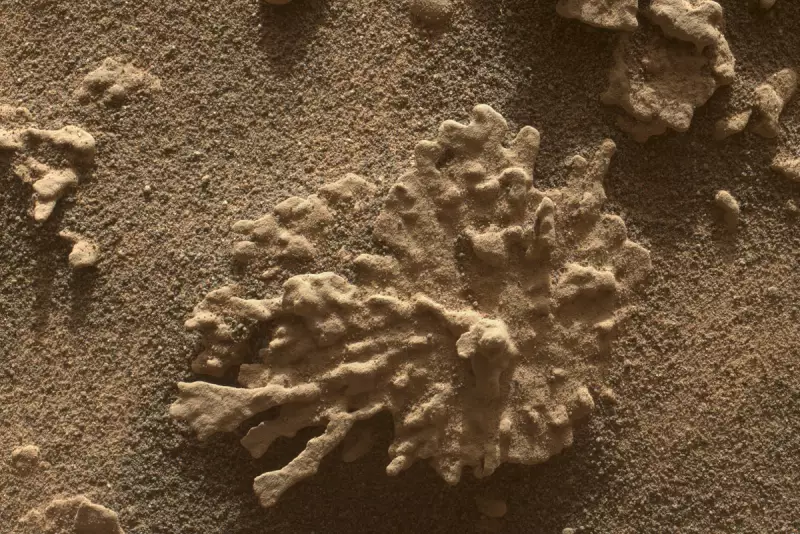
NASA's Curiosity rover has made a groundbreaking discovery on the surface of Mars, uncovering fresh evidence of ancient water flows that could reshape our understanding of the Red Planet's history.
The intrepid robotic explorer, which has been traversing Mars' Gale Crater since 2012, recently examined distinctive hexagonal patterns in sedimentary rock that scientists believe were formed by cyclical wet and dry periods billions of years ago.
A Window Into Mars' Watery Past
Researchers from NASA's Jet Propulsion Laboratory (JPL) have determined these remarkable geometric formations were likely created by repeated flooding and evaporation events. "These patterns are the clearest evidence we've found yet of sustained wet-dry cycles on ancient Mars," said lead scientist William Rapin.
The discovery, published in the journal Nature, suggests Mars may have experienced Earth-like seasonal weather patterns during its early history, creating conditions that could have supported microbial life.
What the Findings Reveal
- Hexagonal cracks in mud indicate repeated wet and dry periods
- Patterns resemble those found in Earth's desert playas
- Suggests Mars had regular climate cycles 3-3.6 billion years ago
- Conditions may have been suitable for the emergence of life
Curiosity's ongoing mission continues to provide unprecedented insights into Mars' geological history. The rover's latest findings build upon previous discoveries of organic molecules and complex chemistry in the planet's ancient rocks.
Implications for Future Exploration
These revelations come as NASA prepares for more ambitious Mars missions, including the eventual return of samples collected by the Perseverance rover. Understanding Mars' watery past is crucial for identifying the most promising locations to search for signs of ancient life.
Dr. Ashwin Vasavada, Curiosity's project scientist, noted: "Each new discovery like this helps us piece together the puzzle of Mars' transformation from a warm, wet world to the arid planet we see today."
As Curiosity continues its ascent up Mount Sharp, scientists eagerly await further revelations about our planetary neighbor's fascinating history.





